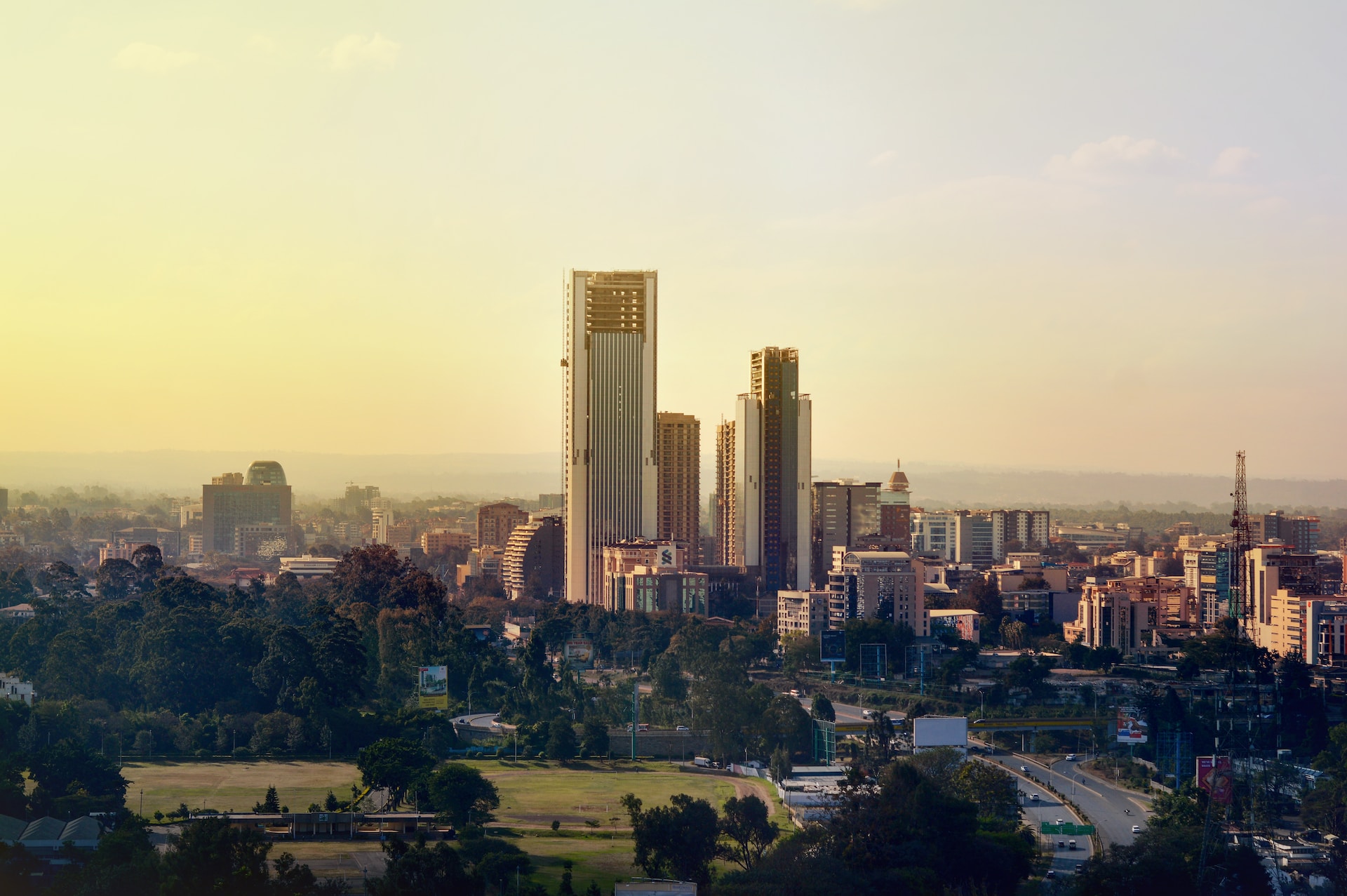In 2022, Kenya's recovery from the epidemic proceeded. The first half of 2022 saw real Gross Domestic Product (GDP) grow by 6.0% Year-on-Year (y/y), thanks to robust expansions in both the services sector and the industrial sector. However, GDP growth was held back by 0.3 percentage points due to a 1.5 percent drop in the agricultural sector over the same time period. The agriculture sector accounts for about one fifth of GDP. Although GDP has grown strongly year-over-year, it has slowed significantly quarter-over-quarter since Q3 2021 as the base effect faded and business confidence dipped in the face of the global commodity market shock, a protracted regional drought, and domestic political uncertainty ahead of the August 2022 general elections. However, after a calm presidential election and a subsequent peaceful handover of power, business confidence increased. Kenya still has promising development potential, but new shocks are threatening to derail the country's widespread recovery. The baseline forecasts a rise in GDP for Kenya over the next several years, provided that credit growth to the private sector remains strong, COVID-19 infections are managed, and commodity prices are favorable to Kenyan exports. The lengthy drought in arid and semi-arid regions, increasing inflation, and tighter global financial conditions are all shocks that make it difficult for Kenya to maintain its recovery.
COVID-19 has had a devastating impact on Kenya's economy, reducing GDP and causing widespread job loss. Negative impacts on domestic activity as a result of containment measures and behavioral reactions, as well as disruptions to commerce and travel, have put the economy at risk. The economic outlook has been revised downward, largely adopting the negative scenario presented in the April 2020 update, which reflects the greater than expected effect of the pandemic to far, notably on the measured production of the education sector after the closure of institutions in March. According to the research presented in this focal area, the pandemic caused an increase in poverty of four percentage points (or two million more people living in poverty) as a result of devastating effects on livelihoods, such as precipitous drops in income and employment. In the second quarter, the jobless rate almost doubled to 10.4 percent. Those remaining in the wage workforce often find that their hours have been cut down. Almost a third of all enterprises started in people's homes never got off the ground. Because of this, hunger and human misery have both increased. The government has implemented fiscal and monetary measures in response to the crisis in an effort to maintain the viability of the healthcare system, shield the most vulnerable families, and assist businesses in their efforts to maintain employment levels, wage levels, and economic output. Revenue from taxes collected fell short of projections because of the substantial slowdown in economic activity and tax cuts implemented as part of the government's fiscal response plan. Simultaneously, funds were increased to better equip the hospital system to deal with infections, safeguard the most vulnerable families, and back up companies.
A catchy headline The Kenyan economy is resilient, as seen by GDP growth despite the poly-crisis. Inflationary pressures have been exerted on Kenya's currency rate and foreign exchange reserves, as is the case in many other nations, owing to the volatility of commodity prices and tighter global financial conditions. The greatest drought in four decades has worsened food insecurity and disrupted the lives of countless people. Strategy for maintaining economic stability in the face of economic volatility by using a mix of fiscal consolidation, monetary policy, and a more flexible exchange rate. In 2022, Kenya picked up where the pandemic had left off with the budgetary austerity that had helped bring down the country's external and domestic imbalances. Kenya's macroeconomic underpinnings for inclusive and sustainable prosperity rely heavily on fiscal consolidation.
Despite many setbacks, Kenya's economy is showing signs of improvement, which is encouraging for the country's economic outlook in the long term. Over the next several years, GDP growth is expected to average approximately 5%, which is in line with the trend seen before the epidemic and Kenya's expected potential GDP growth rate. Real per capita incomes are expected to rise by roughly 3 percent over the long run, and poverty rates are forecast to begin declining around pre-pandemic levels. It is expected that robust private investment would fuel the high GDP growth in the medium term, which will in turn benefit from less crowding out by the government as a result of fiscal austerity.
The future, however, is filled with peril. For instance, the inflation crisis was at 7.5% according to government data. Additionally, external factors that might threaten Kenya's economy include slower-than-anticipated growth in Europe, increasing global commodity prices that could increase Kenya's import bill and the expense of decreasing inflation, and further tightening of financial conditions in industrialized countries. The home economy is vulnerable to both the high cost of living and the postponement of tax measures.


Login to join the discussion